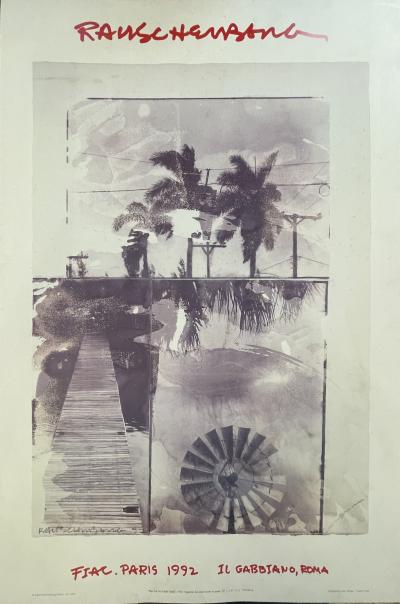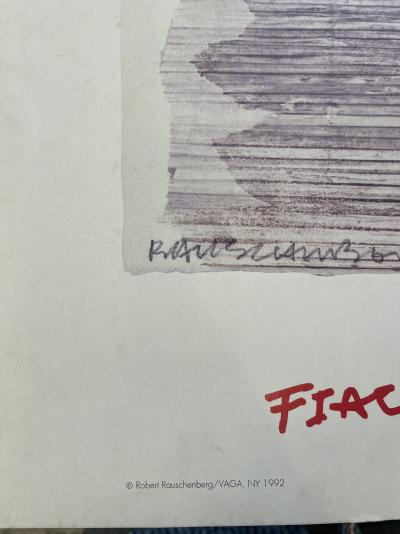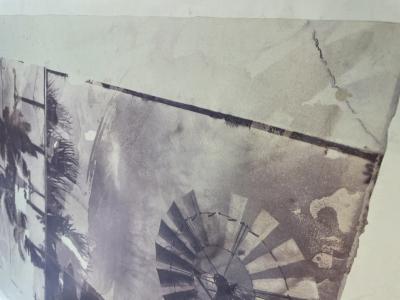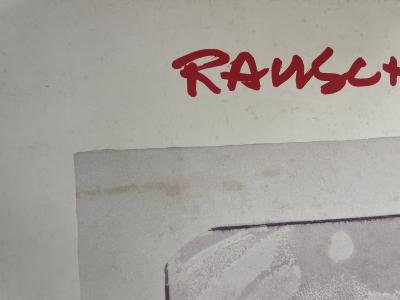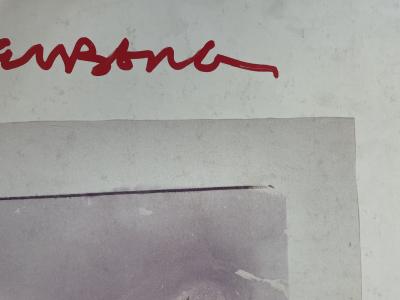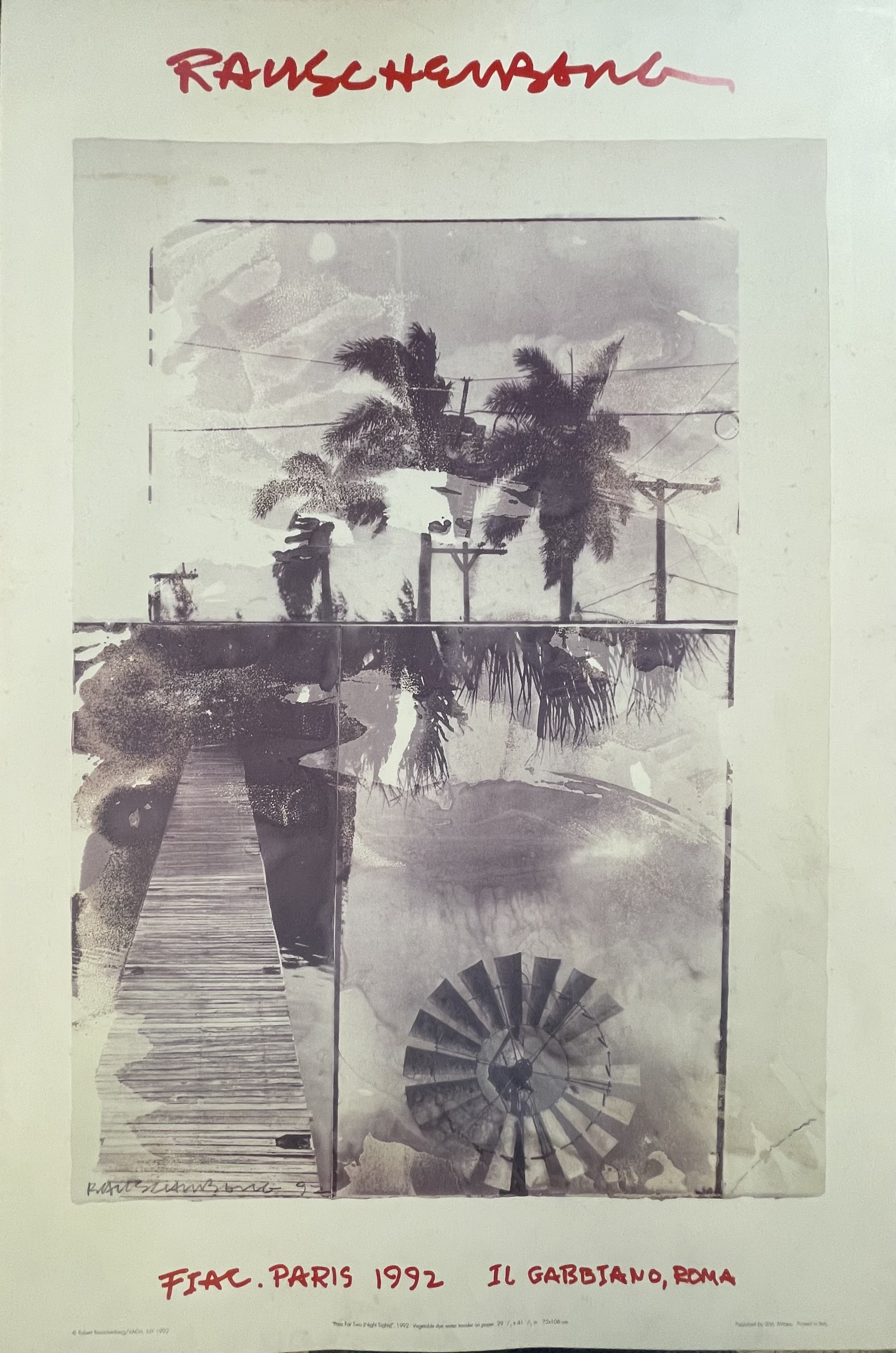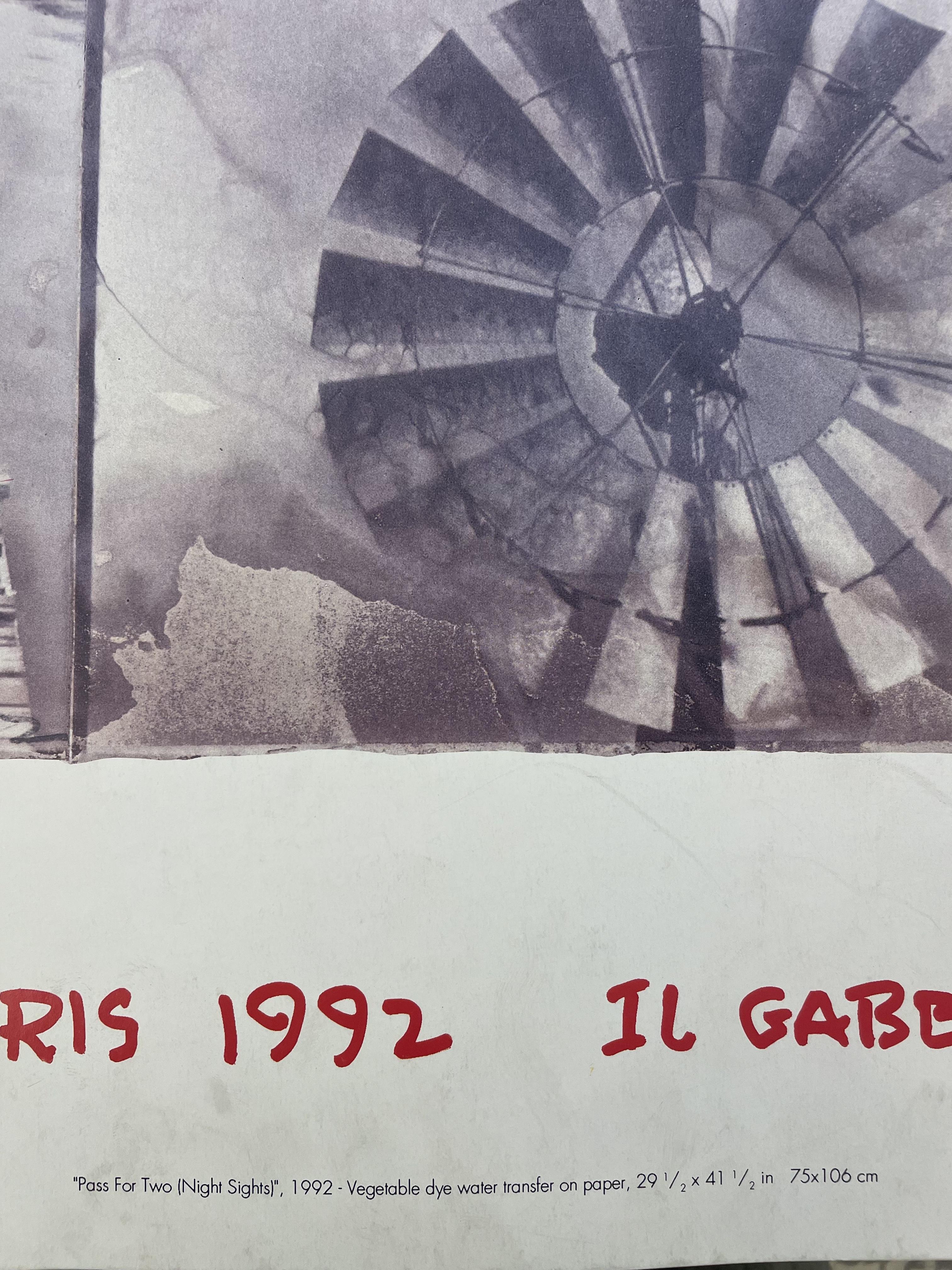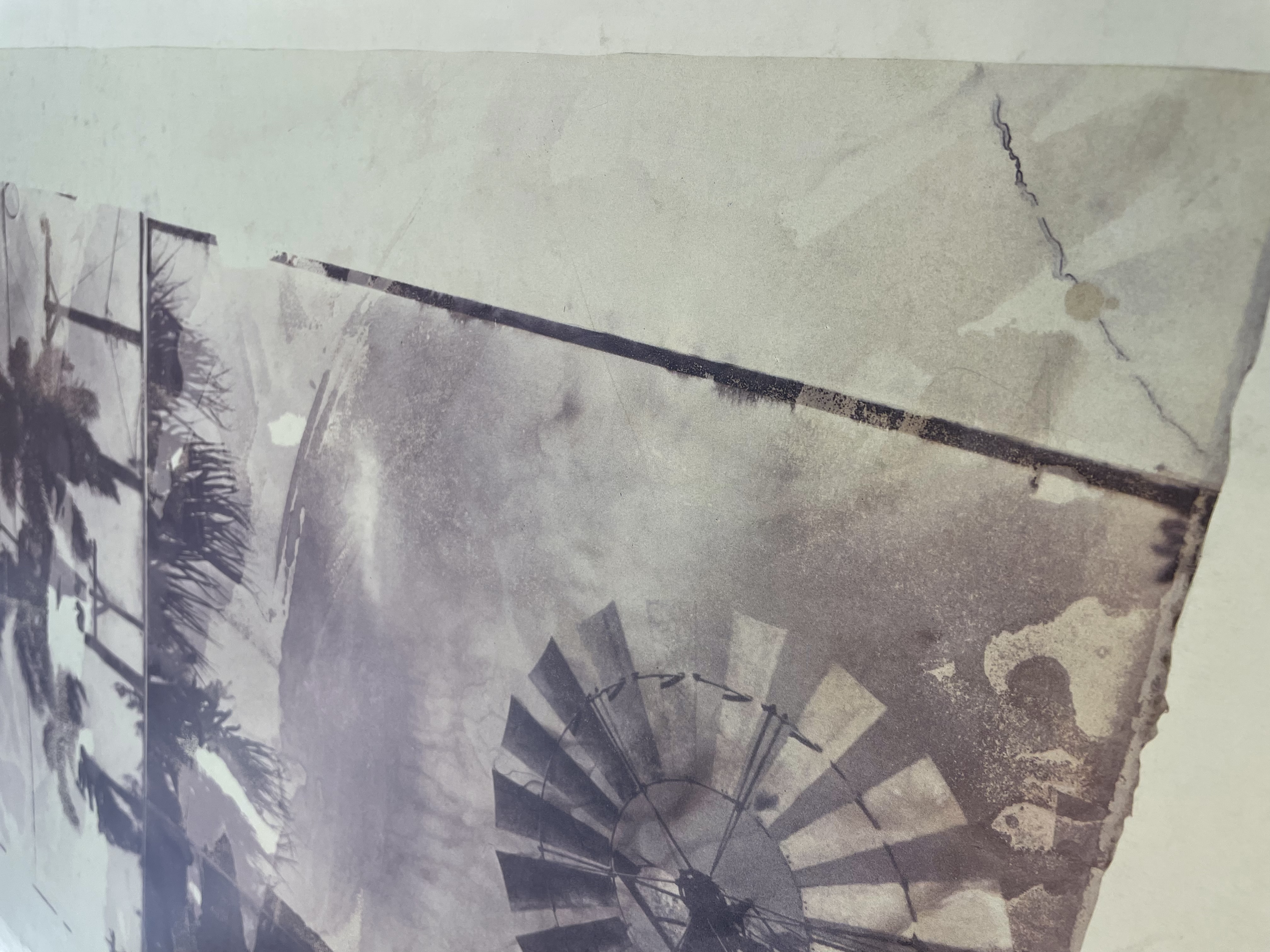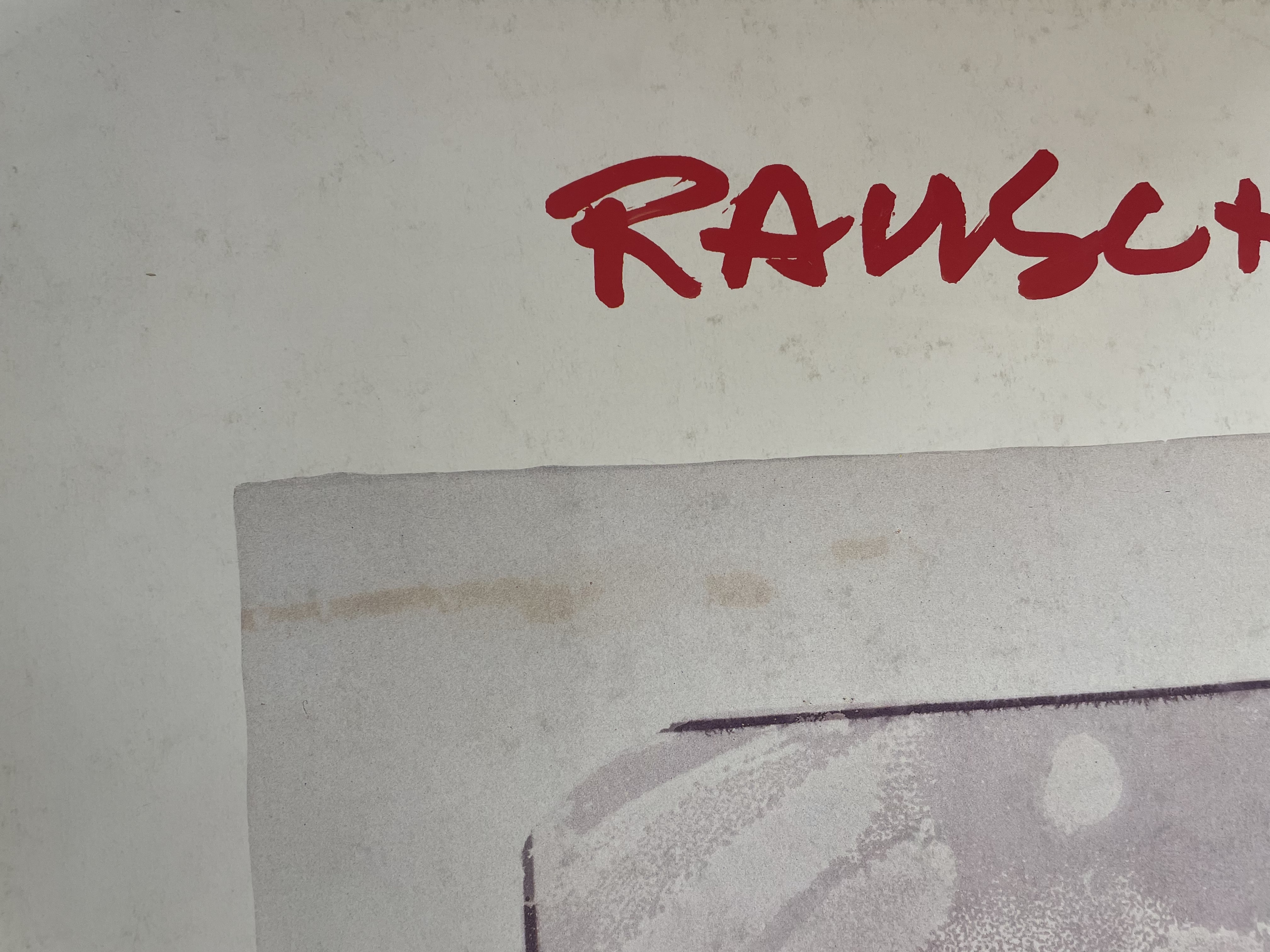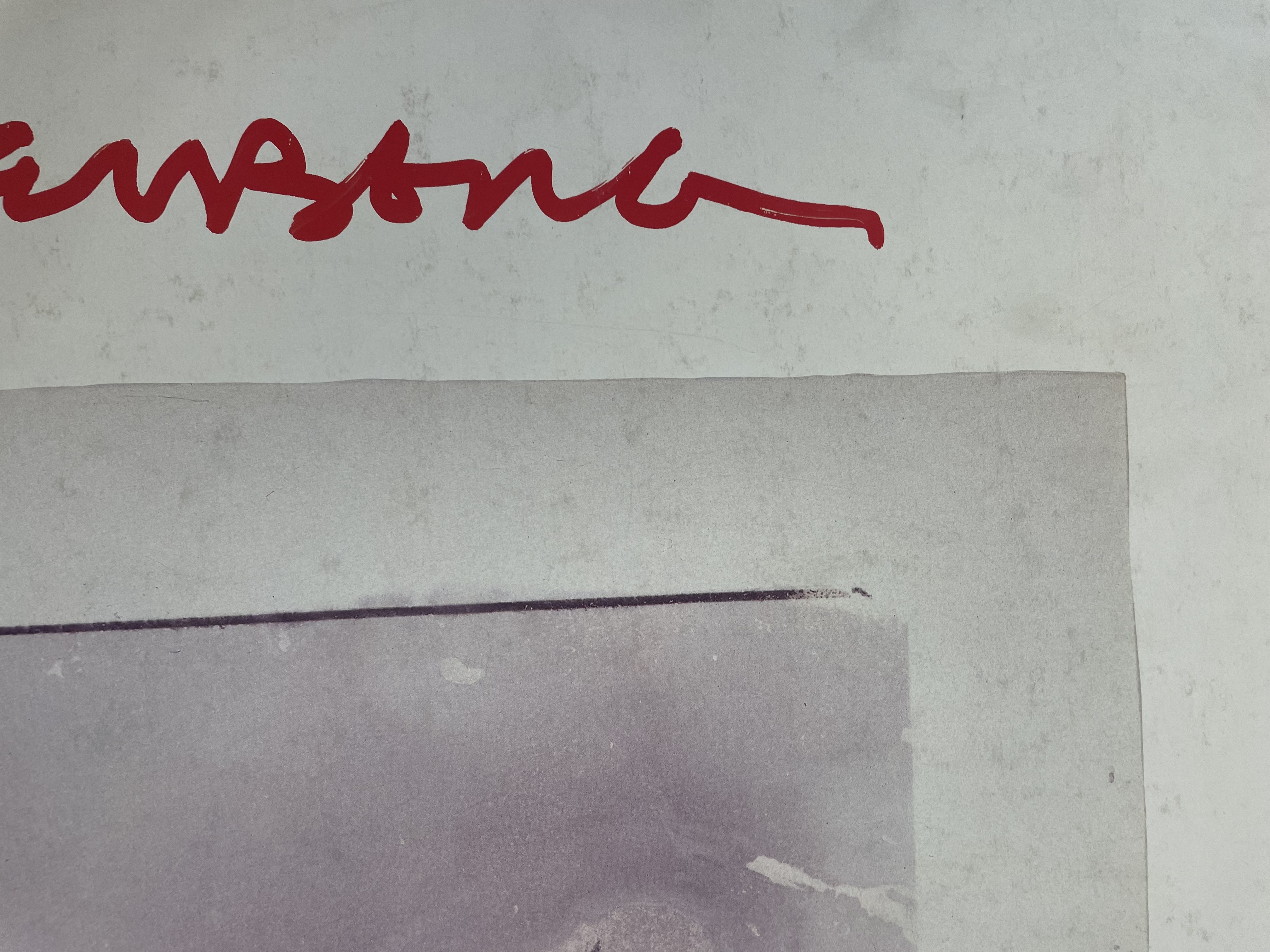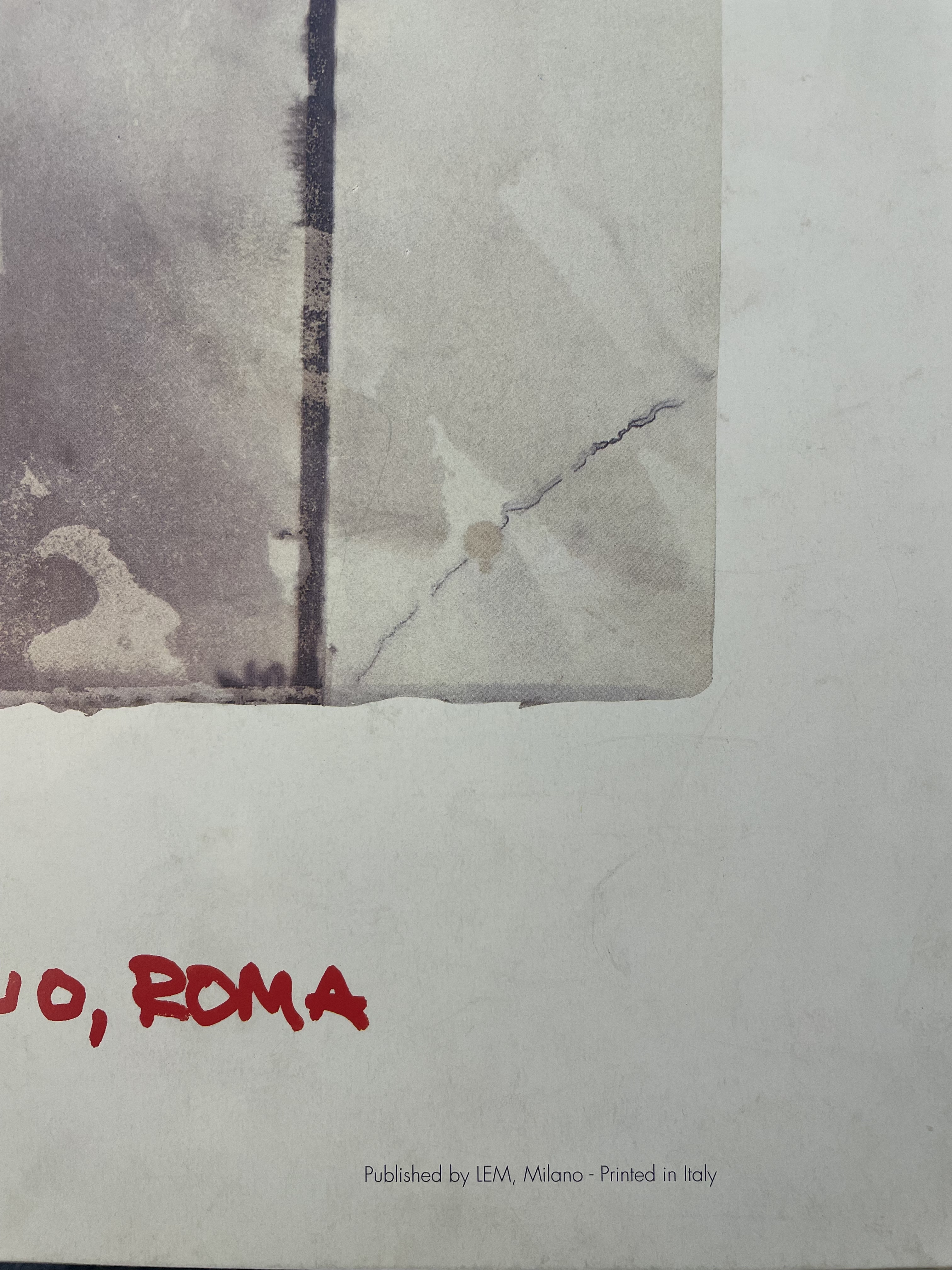-
-
- Alexander Calder(15)
- André Derain(85)
- Andy Warhol(19)
- Antoni Tapiès(23)
- Arman(29)
- Aurélie Nemours(1)
- Bengt Lindström(7)
- Bernard Buffet(160)
- César(7)
- Charles Eames(1)
- Charlotte Perriand(17)
- Claude Weisbuch(41)
- Corneille van Beverloo(12)
- Eduardo Chillida(6)
- François Morellet(1)
- Georges Braque(70)
- Gustav Klimt(7)
- Hans Bellmer(20)
- Hans Hartung lithograph(27)
- Henri Matisse(157)
- Hervé Télémaque(5)
- Jacques Villeglé(6)
- Jean Cocteau(232)
- Jean Hélion(8)
- Jean Miotte(4)
- Jean Picart Le Doux(5)
- Joan Miro(114)
- Karel Appel(1)
- Keith Haring(10)
- Ladislas Kijno(3)
- Léonard Tsugouharu Foujita(39)
- Leonor Fini(100)
- Louis Toffoli(8)
- Marc Chagall(315)
- Marie Laurencin(46)
- Maurice de Vlaminck(41)
- Maurice Utrillo(13)
- Max Ernst(33)
- Mimmo Rotella(4)
- Niki de Saint Phalle(3)
- Pablo Picasso(401)
- Peter Klasen(6)
- Philippe Pasqua(3)
- Pierre Alechinsky(36)
- Pierre Soulages lithographs(31)
- Pierre Tal-Coat(6)
- Pierre-Yves Trémois(33)
- Raoul Dufy(51)
- Robert Combas(6)
- Salvador Dali(428)
- Théo Tobiasse(3)
- Tony Soulié(11)
- Valério Adami(35)
- Victor Vasarely(5)
- Yves Brayer(43)
- Zao Wou-Ki(10)
Top artists -
-
-
-
- Alexander Calder(15)
- André Derain(85)
- Andy Warhol(19)
- Antoni Tapiès(23)
- Arman(29)
- Aurélie Nemours(1)
- Bengt Lindström(7)
- Bernard Buffet(160)
- César(7)
- Charles Eames(1)
- Charlotte Perriand(17)
- Claude Weisbuch(41)
- Corneille van Beverloo(12)
- Eduardo Chillida(6)
- François Morellet(1)
- Georges Braque(70)
- Gustav Klimt(7)
- Hans Bellmer(20)
- Hans Hartung lithograph(27)
- Henri Matisse(157)
- Hervé Télémaque(5)
- Jacques Villeglé(6)
- Jean Cocteau(232)
- Jean Hélion(8)
- Jean Miotte(4)
- Jean Picart Le Doux(5)
- Joan Miro(114)
- Karel Appel(1)
- Keith Haring(10)
- Ladislas Kijno(3)
- Léonard Tsugouharu Foujita(39)
- Leonor Fini(100)
- Louis Toffoli(8)
- Marc Chagall(315)
- Marie Laurencin(46)
- Maurice de Vlaminck(41)
- Maurice Utrillo(13)
- Max Ernst(33)
- Mimmo Rotella(4)
- Niki de Saint Phalle(3)
- Pablo Picasso(401)
- Peter Klasen(6)
- Philippe Pasqua(3)
- Pierre Alechinsky(36)
- Pierre Soulages lithographs(31)
- Pierre Tal-Coat(6)
- Pierre-Yves Trémois(33)
- Raoul Dufy(51)
- Robert Combas(6)
- Salvador Dali(428)
- Théo Tobiasse(3)
- Tony Soulié(11)
- Valério Adami(35)
- Victor Vasarely(5)
- Yves Brayer(43)
- Zao Wou-Ki(10)
Top artists -
-
Robert Rauschenberg - Fiac, Paris 1992 - Exhibition posters
Pass for two (Night Sights), 1992
Vegetable dye water transfer on paper
Exhibition poster date 1992
Posted by Lem, Milano
Unsigned
Cm 90x60
Pass for two (Night Sights), 1992
Végétable dye water transfer on paper
Affiche d'exposition date 1992
Publie par Lem , Milano
Non signé
Cm 90x60
 Robert Rauschenberg :
(1925–2008) was an American painter and graphic artist whose early works anticipated the pop art movement. Rauschenberg is well known for his "Combines" of the 1950s, in which non-traditional materials and objects were employed in innovative combinations. Rauschenberg was both a painter and a sculptor and the Combines are a combination of both, but he also worked with photography, printmaking, papermaking, and performance. He was awarded the National Medal of Arts in 1993.He became the recipient of the Leonardo da Vinci World Award of Arts in 1995 in recognition of his more than 40 years of fruitful artmaking.
Rauschenberg lived and worked in New York City as well as on Captiva Island, Florida until his death. Rauschenberg studied at the Kansas City Art Institute and the Académie Julian in Paris, France, where he met the painter Susan Weil. In 1948 Rauschenberg and Weil decided to attend Black Mountain College in North Carolina.
Josef Albers, a founder of the Bauhaus, became Rauschenberg's painting instructor at Black Mountain. From 1949 to 1952 Rauschenberg studied with Vaclav Vytlacil and Morris Kantor at the Art Students League of New York, where he met fellow artists Knox Martin and Cy Twombly. According to a 1987 oral history by the composer Morton Feldman, after the end of his marriage, Rauschenberg had romantic relationships with fellow artists Cy Twombly and Jasper Johns. Rauschenberg's approach was sometimes called "Neo Dadaist," a label he shared with the painter Jasper Johns. By 1962, Rauschenberg's paintings were beginning to incorporate not only found objects but found images as well - photographs transferred to the canvas by means of the silkscreen process. Previously used only in commercial applications, silkscreen allowed Rauschenberg to address the multiple reproducibility of images, and the consequent flattening of experience that implies. In this respect, his work is contemporaneous with that of Andy Warhol, and both Rauschenberg and Johns are frequently cited as important forerunners of American Pop Art. In 2010 Studio Painting (1960‑61), one of Rauschenberg's "Combines", originally estimated at $6 million to $9 million, was bought from the collection of Michael Crichton for $11 million at Christie's, New York.
Robert Rauschenberg :
(1925–2008) was an American painter and graphic artist whose early works anticipated the pop art movement. Rauschenberg is well known for his "Combines" of the 1950s, in which non-traditional materials and objects were employed in innovative combinations. Rauschenberg was both a painter and a sculptor and the Combines are a combination of both, but he also worked with photography, printmaking, papermaking, and performance. He was awarded the National Medal of Arts in 1993.He became the recipient of the Leonardo da Vinci World Award of Arts in 1995 in recognition of his more than 40 years of fruitful artmaking.
Rauschenberg lived and worked in New York City as well as on Captiva Island, Florida until his death. Rauschenberg studied at the Kansas City Art Institute and the Académie Julian in Paris, France, where he met the painter Susan Weil. In 1948 Rauschenberg and Weil decided to attend Black Mountain College in North Carolina.
Josef Albers, a founder of the Bauhaus, became Rauschenberg's painting instructor at Black Mountain. From 1949 to 1952 Rauschenberg studied with Vaclav Vytlacil and Morris Kantor at the Art Students League of New York, where he met fellow artists Knox Martin and Cy Twombly. According to a 1987 oral history by the composer Morton Feldman, after the end of his marriage, Rauschenberg had romantic relationships with fellow artists Cy Twombly and Jasper Johns. Rauschenberg's approach was sometimes called "Neo Dadaist," a label he shared with the painter Jasper Johns. By 1962, Rauschenberg's paintings were beginning to incorporate not only found objects but found images as well - photographs transferred to the canvas by means of the silkscreen process. Previously used only in commercial applications, silkscreen allowed Rauschenberg to address the multiple reproducibility of images, and the consequent flattening of experience that implies. In this respect, his work is contemporaneous with that of Andy Warhol, and both Rauschenberg and Johns are frequently cited as important forerunners of American Pop Art. In 2010 Studio Painting (1960‑61), one of Rauschenberg's "Combines", originally estimated at $6 million to $9 million, was bought from the collection of Michael Crichton for $11 million at Christie's, New York.
